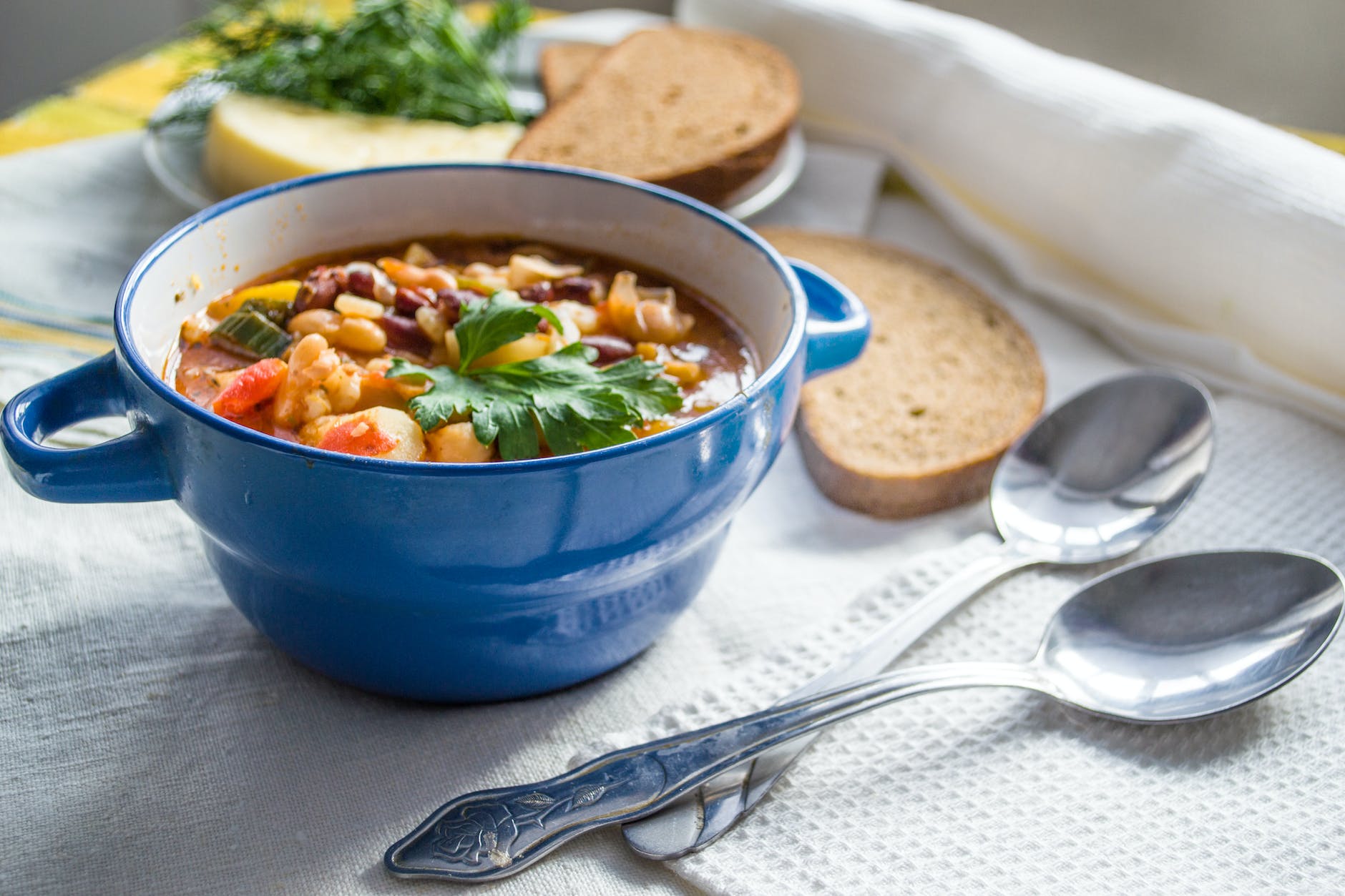
1. Introduction
Gluten intolerance, often mistaken for its severe counterpart, celiac disease, is a prevalent condition affecting millions worldwide. While it may not cause damage to the intestine like celiac disease, its symptoms can significantly impact daily life. Recognizing these symptoms is the first step towards a healthier, more comfortable life. This guide will delve deep into the signs of gluten intolerance, helping you understand and identify them.
2. What is Gluten Intolerance?
Gluten intolerance, also known as non-celiac gluten sensitivity, is a condition where individuals experience adverse reactions when consuming gluten—a protein found in wheat, barley, and rye. Unlike celiac disease, gluten intolerance doesn’t damage the small intestine. However, the symptoms can be distressing.
It’s crucial to differentiate between celiac disease, wheat allergy, and gluten intolerance. While all three can cause digestive discomfort after consuming gluten-containing foods, their origins and long-term effects differ. Celiac disease is an autoimmune disorder, wheat allergy is an allergic reaction, and gluten intolerance is a sensitivity without a known underlying cause.
3. The Top 10 Symptoms of Gluten Intolerance
3.1. Digestive Issues
One of the most common signs of gluten intolerance is digestive discomfort. Individuals may experience bloating, gas, diarrhea, and constipation. These symptoms can be mistaken for other digestive disorders, making it essential to monitor and identify patterns related to gluten consumption.
3.2. Fatigue
Feeling constantly tired, even after a good night’s sleep? Gluten might be the culprit. Some individuals with gluten intolerance report persistent fatigue and a lack of energy, especially after consuming gluten-rich foods.
3.3. Skin Problems
Gluten intolerance can manifest externally, with conditions like dermatitis herpetiformis—a blistering skin condition. Some may also experience rashes, eczema, or acne flare-ups after gluten consumption.
3.4. Migraines and Headaches
For those sensitive to gluten, migraines and intense headaches can be a frequent occurrence. These aren’t your typical headaches; they can be debilitating and last for extended periods.
3.5. Joint and Muscle Pain
Inflammation is a common response to allergens and irritants. For those intolerant to gluten, this inflammation can lead to joint and muscle pain, often mistaken for other conditions like arthritis.
3.6. Brain Fog
Cognitive effects of gluten intolerance can include difficulty concentrating, short-term memory issues, and feeling “out of it” or disoriented.
3.7. Unexplained Weight Changes
Gluten intolerance can disrupt normal metabolic processes, leading to unexplained weight loss or gain.
3.8. Numbness or Tingling
Some individuals report sensations of “pins and needles” or numbness in their hands and feet, a neurological effect of gluten sensitivity.
3.9. Hormonal Imbalances
Issues like irregular menstrual cycles, infertility, or mood swings can be linked to gluten intolerance due to its impact on hormone regulation.
3.10. Mood Disorders
Beyond physical symptoms, gluten intolerance can affect mental health, leading to conditions like depression, anxiety, and unexplained mood swings.
4. Causes of Gluten Intolerance
While the exact cause of gluten intolerance remains a mystery, several theories exist. A genetic predisposition is believed to play a role, as the condition often runs in families. The health of one’s gut is another factor. An imbalance in gut bacteria or a compromised gut lining can increase sensitivity to gluten. Additionally, environmental factors, such as infections, surgeries, or traumatic events, might trigger the onset of gluten intolerance in predisposed individuals.
5. Diagnosis and Testing
If you suspect you have gluten intolerance, it’s essential to seek a professional diagnosis. Self-diagnosing and starting a gluten-free diet without confirmation can lead to other health issues. Blood tests can check for antibodies related to gluten sensitivity. However, these aren’t always conclusive for gluten intolerance. An elimination diet, where gluten is removed and then reintroduced, can help pinpoint the sensitivity. Always consult with a healthcare professional before making significant dietary changes.
6. Managing Gluten Intolerance
Living with gluten intolerance requires awareness and adaptability. Here’s how you can manage the condition effectively:
Dietary Changes: The most effective way to manage gluten intolerance is to adopt a gluten-free diet. This means eliminating foods that contain wheat, barley, and rye. Fortunately, many gluten-free alternatives are available in the market today.
Reading Food Labels: Always check food labels when shopping. Manufacturers often use gluten as a filler in products you wouldn’t expect, like sauces, soups, and even cosmetics.
Cross-Contamination: Be wary of cross-contamination, especially when dining out. Even a tiny amount of gluten can trigger symptoms in sensitive individuals. It’s essential to communicate your dietary restrictions clearly when eating at restaurants.
Supplements: Some individuals with gluten intolerance might benefit from certain supplements, especially if they’ve experienced nutritional deficiencies. Consult with a healthcare professional before starting any new supplement.
Stay Informed: Gluten intolerance research is ongoing. Stay updated with the latest findings to manage your condition better.
7. Conclusion
Gluten intolerance, while not as severe as celiac disease, can significantly impact one’s quality of life. Recognizing the symptoms and understanding the condition is the first step towards managing it effectively. With careful dietary choices and a keen awareness of potential triggers, those with gluten intolerance can lead a comfortable and symptom-free life. If you suspect you have gluten intolerance, always consult with a healthcare professional for an accurate diagnosis and tailored advice.
8. References
- Celiac Disease Foundation – What is Gluten?
- National Institute of Diabetes and Digestive and Kidney Diseases – Celiac Disease
- Healthline – Gluten Intolerance vs. Celiac Disease vs. Wheat Allergy
- Mayo Clinic – Gluten-free diet
9. Comment Section
We’d love to hear from you! Share your experiences, ask questions, or provide feedback below.
10. Call-to-Action (CTA)
If you found this guide helpful, please consider sharing it with friends and family who might benefit. For more health-related content and updates on gluten intolerance, subscribe to our newsletter.
This wraps up our comprehensive guide on gluten intolerance. By providing readers with actionable advice, credible references, and a platform to engage, this blog post aims to be a valuable resource for those navigating the challenges of gluten intolerance.
FAQs about Gluten Intolerance
1. What is the difference between gluten intolerance and celiac disease?
Celiac disease is an autoimmune condition where the ingestion of gluten leads to damage in the small intestine. Gluten intolerance, or non-celiac gluten sensitivity, causes similar symptoms but without the intestinal damage seen in celiac disease.
2. Can gluten intolerance develop later in life?
Absolutely. While some individuals show symptoms of gluten intolerance from a young age, others might develop it in adulthood. Factors like stress, surgery, pregnancy, or viral infections can trigger its onset.
3. How is gluten intolerance diagnosed?
Diagnosis often involves a two-step process: an elimination diet where gluten is removed to see if symptoms improve, followed by reintroduction to confirm. Blood tests can also be done, but they are more effective in diagnosing celiac disease rather than gluten intolerance.
4. Are there any treatments for gluten intolerance?
The primary treatment is a strict gluten-free diet. By avoiding foods that contain gluten, most individuals see a significant reduction or complete resolution of their symptoms.
5. Can I eat oats if I have gluten intolerance?
While oats are naturally gluten-free, they are often contaminated with gluten during processing. It’s essential to choose oats labeled as “gluten-free” to ensure they haven’t been cross-contaminated.
6. How long after eating gluten do symptoms appear?
The onset of symptoms varies among individuals. Some might experience symptoms within hours, while others might not feel them for a couple of days.
7. Are there any complications if gluten intolerance is left untreated?
If not managed, gluten intolerance can lead to a range of health issues, from malnutrition due to nutrient malabsorption to mental health disorders like depression and anxiety.
8. Is a gluten-free diet beneficial for everyone?
A gluten-free diet is essential for those with celiac disease or gluten intolerance. However, for individuals without these conditions, a gluten-free diet might not offer any additional health benefits and could even be lacking in certain nutrients.
9. Can gluten intolerance cause skin problems?
Yes, gluten intolerance can manifest externally, leading to conditions like dermatitis herpetiformis, rashes, and even acne flare-ups in some individuals.
10. Are there any foods that unexpectedly contain gluten?
Many processed foods can contain hidden gluten. This includes soups, sauces, candies, and even some medications and lip balms. It’s crucial to read labels carefully.
Blog Tags:
gluten intolerance, celiac disease, gluten-free diet, digestive health, dermatitis herpetiformis, gluten symptoms, food allergies, gluten sensitivity, elimination diet, gluten-free foods, nutrient malabsorption, mental health and gluten, hidden gluten sources, gluten-free oats, inflammation and gluten.










